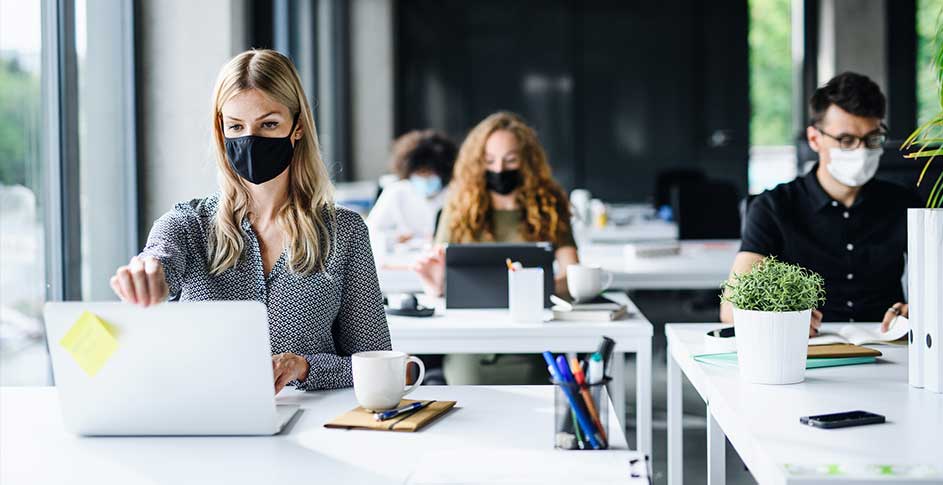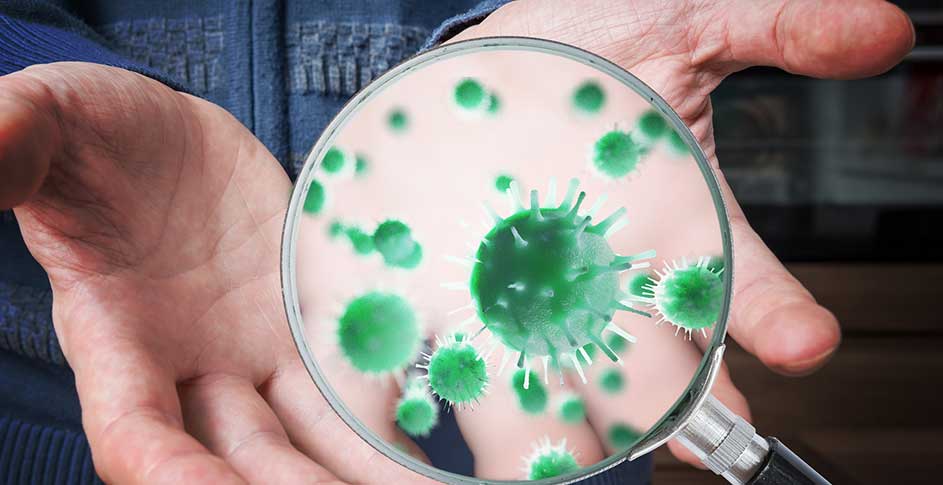In 1994, the U.S. Green Buildings Council (USGBC) established LEED standards to certify green buildings and promote green building practices. (LEED stands for Leadership in Energy and Environmental Design.) In support of this certification, ActivePure offers the following summary of the LEED certification process, focusing on how we can assist with energy efficiency and air quality.
Questions and Answers on LEED Certification
How Is LEED Advantageous for Buildings and Businesses?
Quite simply, sustainable buildings are a good return on investment. For instance, having a LEED certification can help improve your building’s BOMA rating, which in turn helps you command higher rent.
Green buildings may also reduce absenteeism. For instance, A 2012 Finish study found that when school teachers perceived indoor air quality was good, the same teachers were less likely to take short-term sick leave.
More importantly, green buildings may boost worker productivity. A series of joint studies by Harvard University and SUNY Upstate Medical University found that workers in LEED buildings have the following advantages over workers in non-LEED buildings:
- "A 26.4% higher cognitive function score.
- A 73% higher crisis response score.
- A 44% higher applied activity level score, which reflects the ability to make decisions that achieve workplace goals.
- A 38% higher focused activity level score, which reflects the capacity to pay attention to the task at hand.
- 30% fewer self-reported sick-building symptoms such as respiratory problems, fatigue[,] and skin irritations.
- A 6.4% higher sleep quality score."
Clearly, LEED is an investment in the prosperity of your organization.
What Is LEED Certification?
LEED certification demonstrates that a building meets certain independent environmental standards. LEED v4.1 is the most current complete version, but LEED v4 is still partially active for some projects. (LEED v5 is being drafted for an expected release in 2025.)
LEED v4.1 has specialized standards for each of the following types of projects:
- Commercial
- Building Design + Construction (i.e., new commercial spaces)
- Interior Design + Construction (i.e., commercial spaces inside a larger building)
- Operations + Maintenance (i.e., existing commercial spaces)
- Residential (for both single and multifamily buildings)
- Multi-building
- Cities and Communities
- Neighborhood Development (v4 only)
- Volume Certification (i.e., real estate portfolios)
- Recertification
In other words, you don’t need to be a real estate giant to seek a LEED certification. LEED can be applied to scenarios ranging from a retail store inside a mall to a towering skyscraper under construction.
How Are Commercial and Residential Buildings Graded?
Most LEED projects are awarded up to 110 points distributed across 6-9 categories. Two project categories — “Operations + Maintenance” projects and “Recertification” — are graded on a 100-point scale. Most of these categories also have prerequisites, which receive no points yet must be met in order to receive certification. Projects that receive 40-49 points are “Certified.” “Silver,” “Gold,” and “Platinum” certifications are available for higher scorers.
How to Get LEED Certified: Energy Efficiency and Indoor Air Quality
For all single-building LEED standards, “Energy and Atmosphere” is the most heavily weighted category, accounting for approximately ⅓ of the total score. Depending on the type of project, “Indoor Environmental Quality” (IEQ) is also the 2nd or 3rd most heavily weighted category. Within IEQ, Indoor Air Quality (IAQ) makes up the greatest proportion of the points awarded. For instance, of the 6 subcategories under IEQ standards for “Operations + Management”, 5 are directly or indirectly related to indoor air quality. This means that if building managers and owners want a LEED certification, they neglect energy efficiency and indoor air quality at their own peril. Fortunately, ActivePure can help with both.
How ActivePure Can Help with the IAQ Section of Your LEED Certification
ActivePure can assist with many parts of your LEED certification that relate to air quality.
Some LEED standards grade the total volatile organic compound (TVOC) gas level in your indoor air. Devices with ActivePure’s proprietary technology are proven to reduce many VOC gases (Lighthouse & ResInnova, 2021).
Many LEED project standards require testing for PM2.5. Most portable devices with ActivePure® Technology contain HEPA filters, which capture 99.97% of such particles.
The USGBC has not yet updated its standards to include airborne mold, bacteria, and virus testing as part of the air quality assessment. When they do, however, ActivePure is prepared! Devices with ActivePure® Technology have been proven in both laboratory and real-world testing to reduce up to 99.99% of many common bacteria, viruses, and mold both in the air and on surfaces. In fact, the Aerus Pure & Clean with ActivePure® Technology reduced over 99.9% of airborne SARS-CoV-2 viral particles in an enclosed space in less than one minute.
How ActivePure Can Help with the Energy Section of Your LEED Certification
Both LEED “Residential” standards, as well as the “Interior Design + Construction” standards, require setting an energy budget for your building. The single-family residential standard requires it directly — awarding progressive points for keeping energy use under budget. The other 2 standards make energy budgeting an indirect prerequisite through the use of ASHRAE 90.1; they also award points for greater optimization. Meanwhile, the “Operations + Management” standards award points for low greenhouse gas emissions.
Most purifiers with ActivePure® Technology use only about as much energy as a lightbulb; this includes our induct purifiers for HVAC systems. Nevertheless, one might ask how adding an air purification device helps you meet LEED energy standards. Quite simply, increasing ventilation and filtration to the level required to dilute airborne viruses can be a large strain on both the HVAC system and the energy budget. By actively reducing bacteria, viruses, and mold, ActivePure gives you greater flexibility with your ventilation and filtration. For instance, one customer of ours—a Fortune 500 company—saw a 54.5% decrease in airborne bacteria and fungi counts using ActivePure devices paired with MERV-8 filters. This was above and beyond the reduction seen when using UV technology paired with MERV-13 filters (ActivePure [White Paper], 2021).
In addition, ActivePure has recently begun sourcing air quality sensor suites for our customers. Such suites can provide real-time data to help optimize the operation of air purification and ventilation interventions, potentially saving energy during low-risk hours.
LEEDing the Way to Better Buildings
One final note: ActivePure is a silver member of the United States Green Buildings Council. We are proud to support USGBC in its pursuit of better buildings, happier employees, and a healthier planet. For help with your LEED certification, contact ActivePure today.



